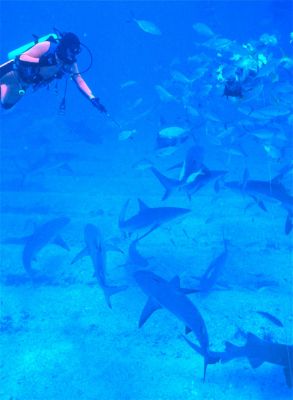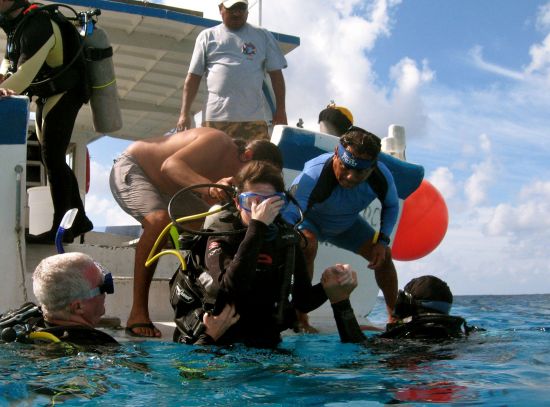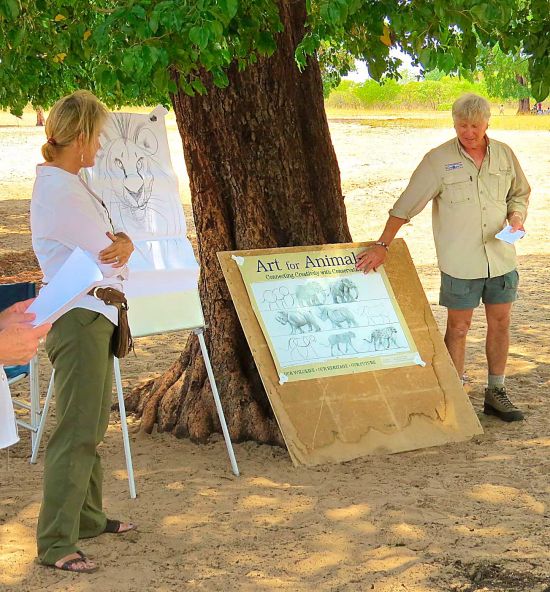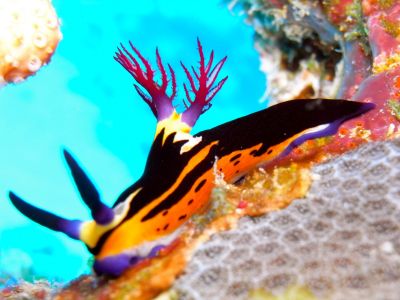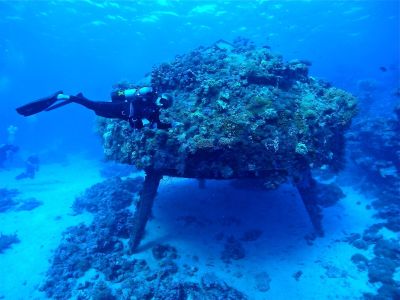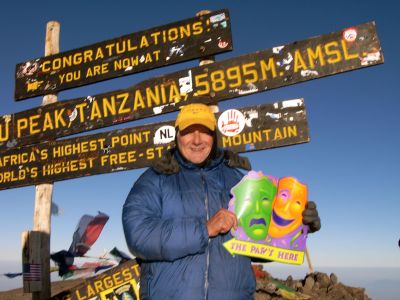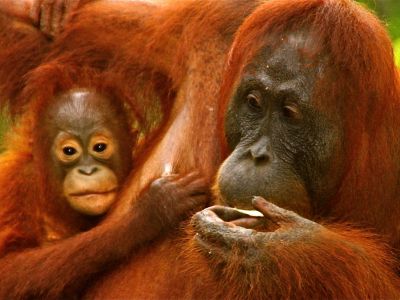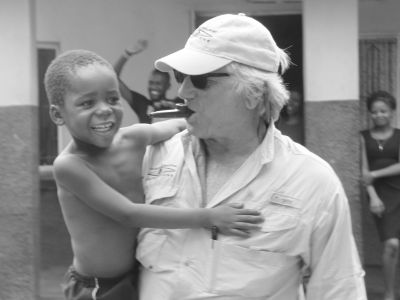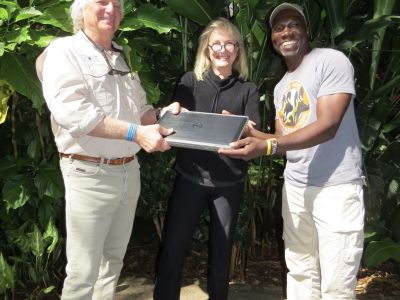Lover of the Oceans
Jim Hart is a published photographer and Oceanographer who ,since 1981, has led recreational, scientific and research expeditions worldwide. Through his studies at Louisiana State University in oceanography, and via extensive travel, Jim's adventures across the planet allowed him to follow his childhood passion for conservation of the ocean and marine life.After graduation, he lived and worked in Europe for several years in the petroleum field. In 1976, he spent two years hitchhiking, circumnavigating the Earth, spending much of the time exploring Asia, Borneo and sailing across Indonesia. He returned to the U.S. in 1978 and became an award-winning builder, developing petroleum facilities and resort projects in Belize. In 1987, he designed and patented the first electronic underwater communication device for divers.
Jim later earned a professional certification in Volunteer Administration from the University of Colorado and helped design programs for, and then manage, 1,300 volunteer naturalists and divers at the Aquarium of the Americas in New Orleans. While there, he created and led reef water quality research expeditions for the United Nations, designed and conducted sea turtle protection protocols for the Army Corps of Engineers, and developed ocean awareness educational programs for schools in Central America. Those ocean awareness educational programs became the seed for the " Connecting conservation with creativity" programs,he would later develop with Anne for African Children.

